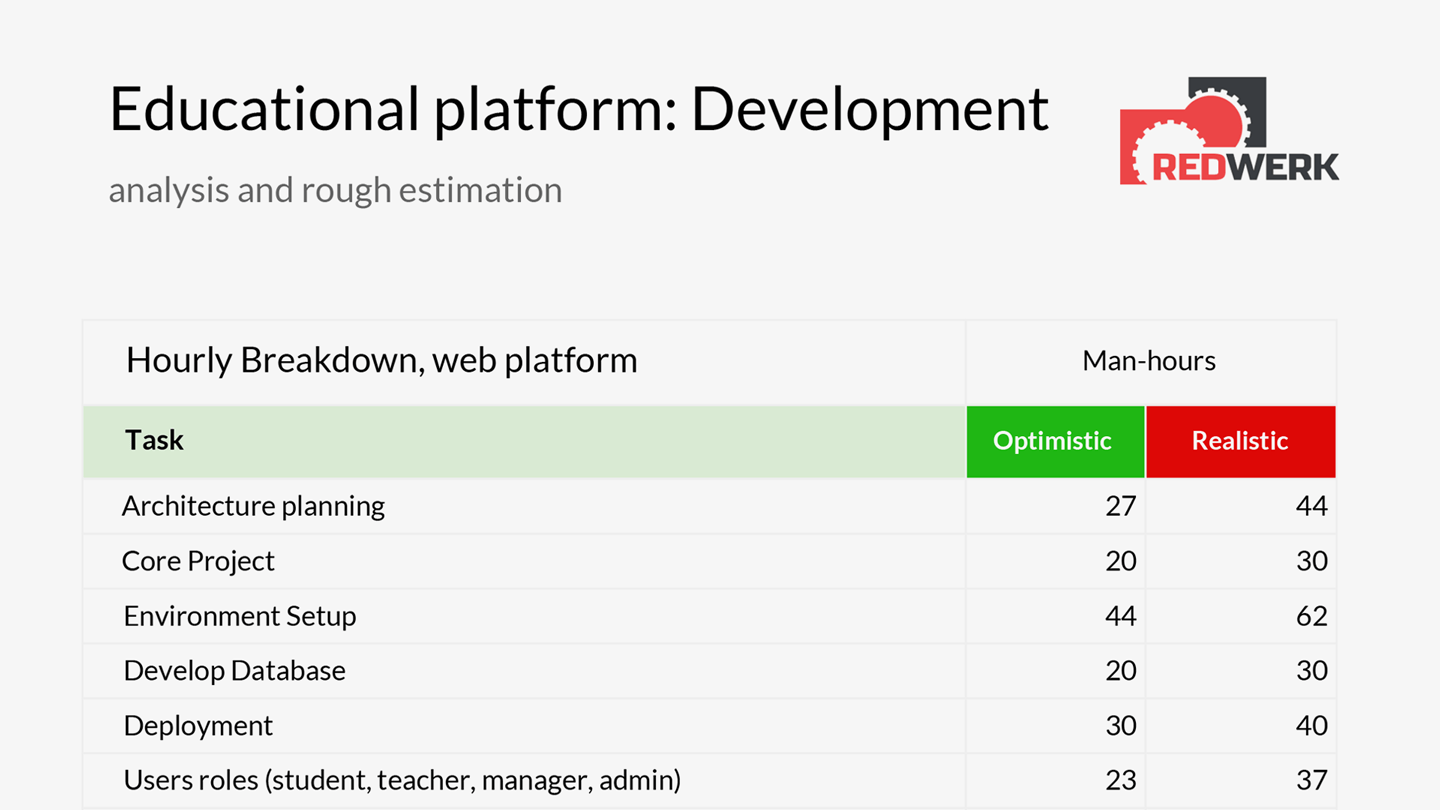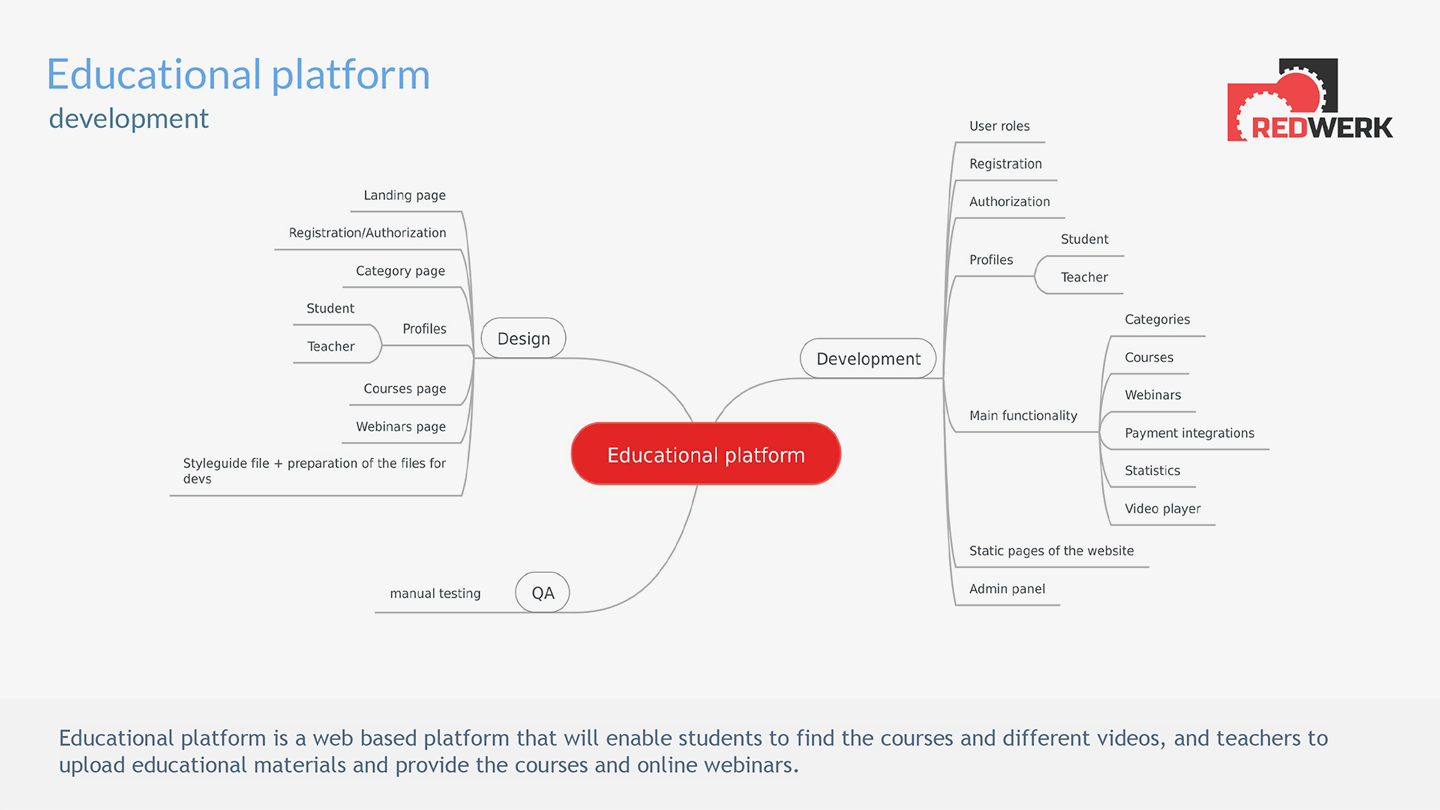What’s a strong sales process? We believe it’s putting the right efforts into the right places at the right time. Just like in a Tetris game. And the foundation of this game is presales. In case you are keen to get the “backstage” of the presales process, this article is for you. We will explain what the presales process is and how it can be implemented in the software outsourcing company to ensure the best result for both parties.
Gearing up for sales
That is exactly what the presales process is. It is the groundwork that leads to the sale itself, including acquiring, developing, and maintaining customers. While closing deals gets all the credit, a successfully performed presales process is what boosts your sales and impacts the overall success of any company. But to enjoy those benefits, you will need it to be well mapped out.
What’s inside the presales process?
Everything you do before sealing the deal is part of the presales pipeline:
- Lead screening and selection
- Product research
- Market research
- Data analysis
- Client analysis
- Call scripts preparation
- Identifying solutions for clients’ issues
- Commercial offer
- Sales management
All these points are related to research, validation, preparation, and client care. When it’s done, the customer is handed off to those responsible for closing the deal.
Presales our way
Selling software development services has its specifics. Those are connected to the project itself. You have to find out what a client wants. Based on that, you estimate how much your work will cost. To showcase how that is executed, we will use Redwerk presales mechanics as an example.
Getting specifications
The lead has project requirements but does not always provide the full specification. That is when the task to pull out the information from the client arises.
Here is what we ask our leads to get the data we need:
- Product description or SRS (Software Requirements Specification)
- Would they provide the design or should we estimate it?
- Do they have API or should we create it?
- Do they have any preferred tech stack?
- Do they have a required delivery date?
- Should we create SRS? (in case there are no specifications)
- Should the app be cross-platform? Which platforms should be supported? (for mobile apps)
- Should the design be responsive? (for web applications)
- What information should be pulled? (for web crawlers)
When it’s successfully done, we proceed to a detailed effort estimation based on the time and material model we work by.
Estimation process
That is when we predict the amount of effort (in terms of hours and money) we will need to deliver the project. To do that, our PM distributes estimation tasks among our team of developers, designers, and testers, depending on the required technology and role. It allows determining team size needed to complete the project depending on the customer’s deadline.
The result of each sub-estimate is the number of hours needed for front-end, back-end development, design, testing, and project management. And that allows us to build the full hourly breakdown.









The breakdown is an in-depth hourly analysis of the time required to finish each smaller task. It shows realistic hours (with calculated risks) and optimistic hours (without calculated risks) needed for project development.
Estimation process usually takes up to 3-5 days, but if we need more time we will be sure to inform the client.
The next step of our presales is the offer.
The Offer
The commercial offer is a brief and clear presentation of the proposed development strategy so that the client sees what he is paying for. It visualizes the key figures for the project and outlines what to expect as a result.









First, we analyze all the input data and draw a general project mind map to present the understanding of the idea easier for every participant. It shows our vision of the whole work on the project and all potential actions and interactions of all roles in the process.
Following the mind map, in the offer we:
- Describe the estimated budget depending on the breakdown
- Show the timeline taking into account all weekends and holidays
- Describe the risks so the client is aware of them
- Show the whole team that will work on the project
- Suggest the technologies that will be used in the development process
- List devices that will be used while testing
Besides that, as we are always open to our customers, in each offer they can also read feedback from the client for whom we made a similar solution.
Seems pretty easy, but like any other process, presales in IT has its complications too, whether it’s a lack of project specifications, unrealistic deadlines, or the lack of people ready to do the job on the project. Luckily, they can be avoided if you know how to communicate with the client and distribute roles in your team.
How to create a smooth presales process
Here is what we focus on when building our presales process at Redwerk to make sure we don’t hit any bottlenecks.
Individual approach
Each working day of our presales team starts with connecting to the chat and checking incoming emails to stay in touch and help potential customers. All the communication in the chat is live and with real people. No bots used.
It’s all about taking into account customers’ wishes regarding the project: specifications, features, budget. Finding out and listening to what the client needs and expects is key to successful sales.
While answering incoming requests we showcase examples of our work on a similar stack and share feedback from customers. That is why emailing is conducted with a personal approach to each client.
Fast response
No matter how advanced your marketing is, we believe, “if there is a lazy salesforce on the board — it’s all in vain” since nobody likes to wait. That is why we try to respond to our clients as fast as we can. Besides, we always keep them updated on the changes if there are any.
Clear process
Presales process is not just about the customer but your team too. People who will work on the project have to know exactly what stages and activities they should follow and in what order. Such clarity allows keeping everyone on the same page, which is especially important for complex projects.
Roles allocation
We define clear roles and responsibilities for our team members at each stage of the process based on their skills and schedule availability. It allows preventing misunderstandings and miscommunication.
Power-sharing
Our presales team is responsible for the communication at the very beginning, collection of requirements, control of the estimation process, offer preparation and discussion with the client, contract preparation, maintaining relations with the client in the future.
Our project managers are responsible for project estimation, communication with the team, project management in general.
All teams interact closely to achieve the best results. All responsibilities are listed in our knowledge base to simplify the work and ensure everyone knows exactly what they are in charge of.
Communication
The effective presales process is impossible without good communication from the first contact to closure. We make sure the team working on the project and the sales manager communicates clearly and consistently to deliver the best solutions to the client.
Finally
What do you get from a solid presales process? Undeniable benefits! And the biggest of them are:
- Strong sales pipeline
- Faster lead cycle
- Increased and improved number of qualified leads
- Client satisfaction
Presales is the “technical” side of the whole sales process. When executed the right way, it leads to the sale itself. And that is the goal of any company offering its services.



